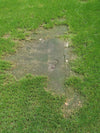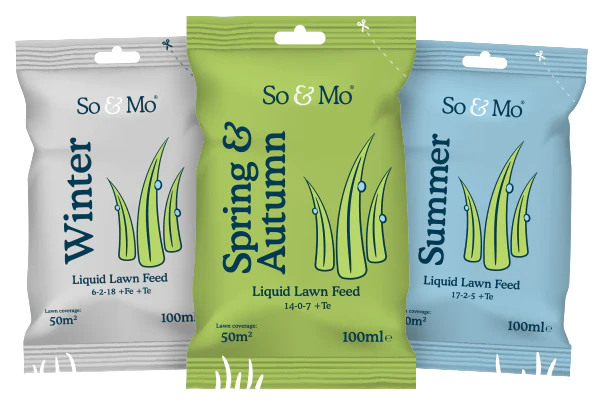
When Do I Deadhead My Plants?
Introduction
Deadheading is a gardening practice where you remove the spent flowers from your plants. This may seem like a tedious task, but it actually has many benefits. Deadheading can encourage your plants to produce more blooms, extend the blooming season, and keep your garden looking neat and tidy. In this blog post, we'll discuss when you should deadhead your plants to get the most out of your garden.
Deadheading Annuals
Annuals are plants that complete their life cycle in one year, and they are some of the most common plants that require deadheading. Deadheading annuals can help prolong their blooming season and prevent them from going to seed too quickly. You should deadhead annuals as soon as their flowers start to fade. This will encourage the plant to produce more flowers instead of focusing on seed production. Examples of annuals that benefit from deadheading include petunias, marigolds, and zinnias.
Deadheading Perennials
Perennials are plants that come back year after year, and they also benefit from deadheading. However, the timing of deadheading perennials can vary depending on the plant. Some perennials, such as daylilies and coreopsis, have continuous blooms throughout the season and should be deadheaded as soon as their flowers start to fade. Other perennials, such as peonies and iris, have a short blooming period and should be deadheaded after all their flowers have faded.
Deadheading Shrubs
Shrubs can also benefit from deadheading, but the timing can be a bit trickier. If the shrub blooms on old wood, meaning the previous year's growth, you should only deadhead immediately after the flowers have faded. This is because the shrub is already developing buds for next year's blooms on that old wood. Examples of shrubs that bloom on old wood include lilacs and forsythias. If the shrub blooms on new wood, meaning the current year's growth, you can deadhead throughout the growing season. Examples of shrubs that bloom on new wood include hydrangeas and butterfly bushes.
Conclusion
Deadheading is an important gardening practice that can help keep your plants healthy, encourage more blooms, and keep your garden looking beautiful. By knowing when to deadhead your plants, you can maximise their blooming potential and create a stunning garden that you can enjoy all season long.
Ready to be proud of your garden?
Ensure your lawn never goes hungry with our personalised feeding plan. Delivered through you letterbox exactly when you need it.











